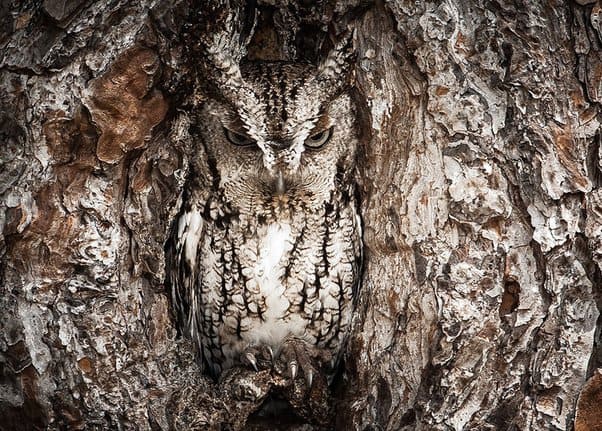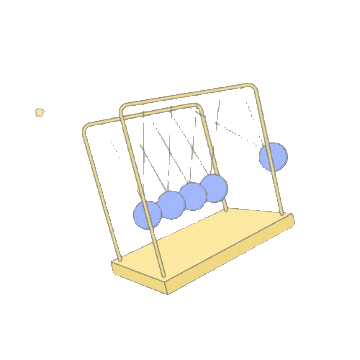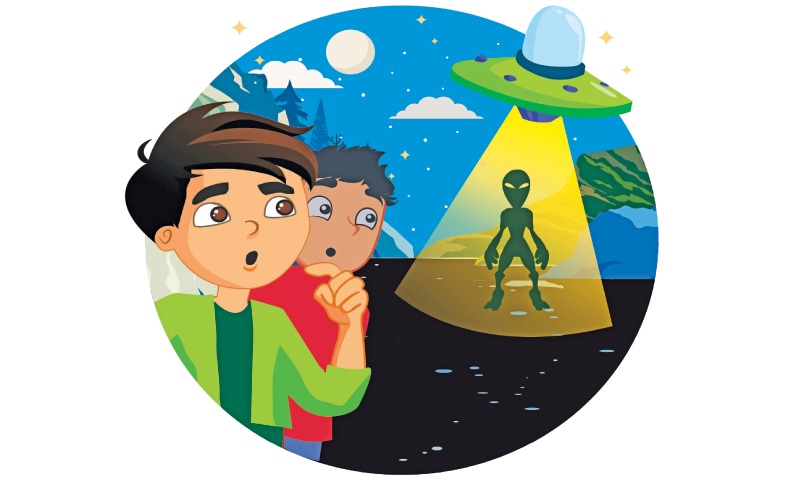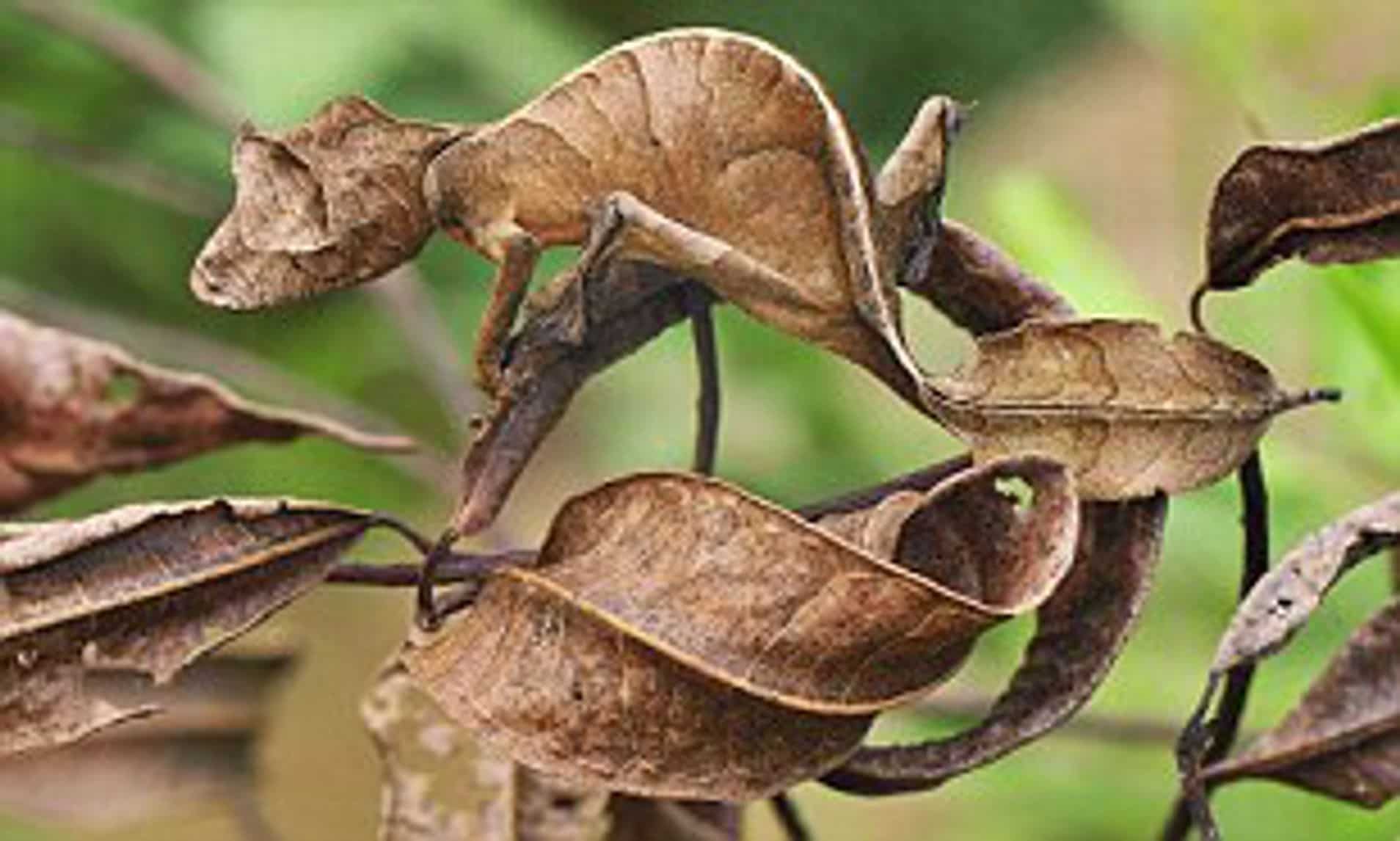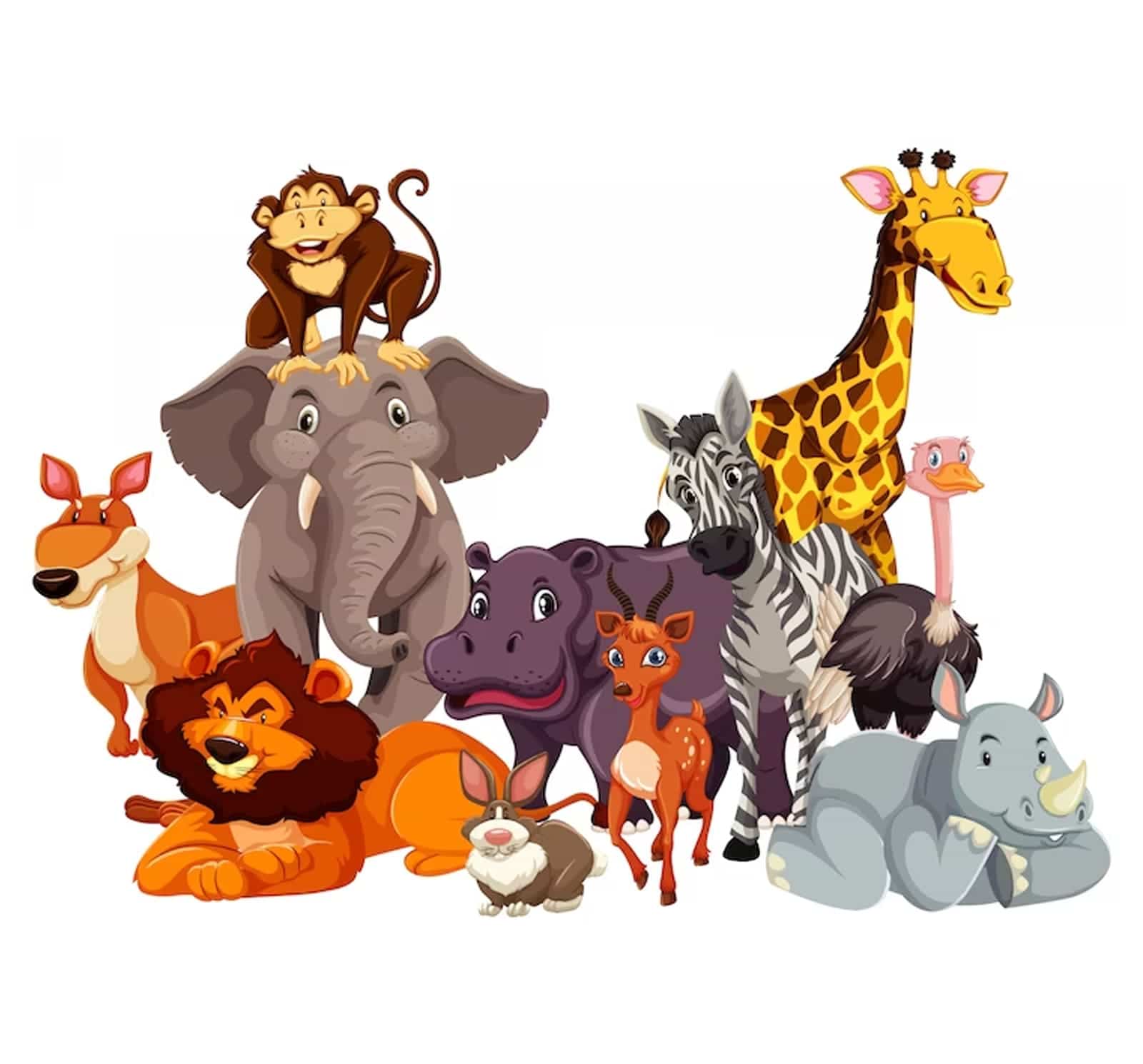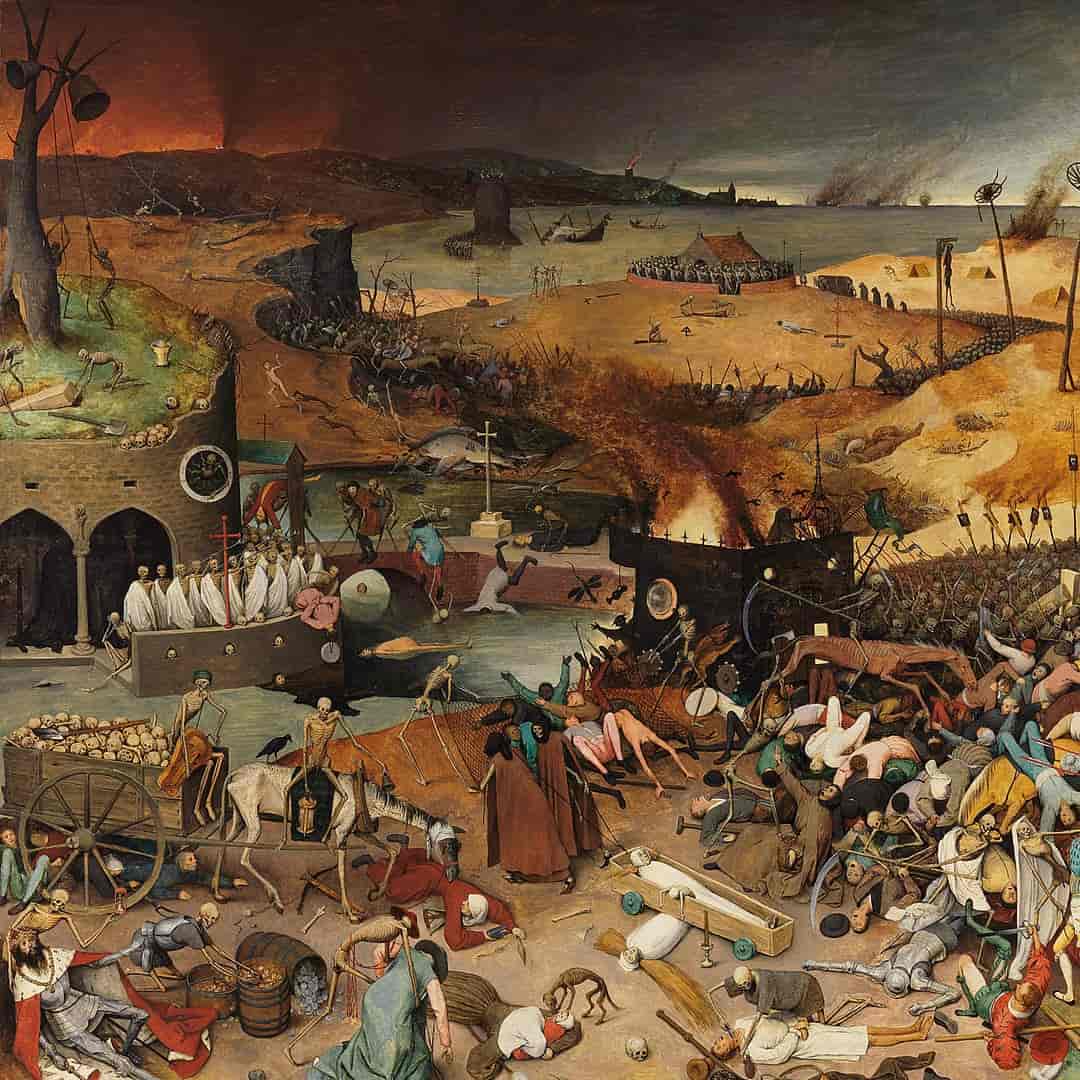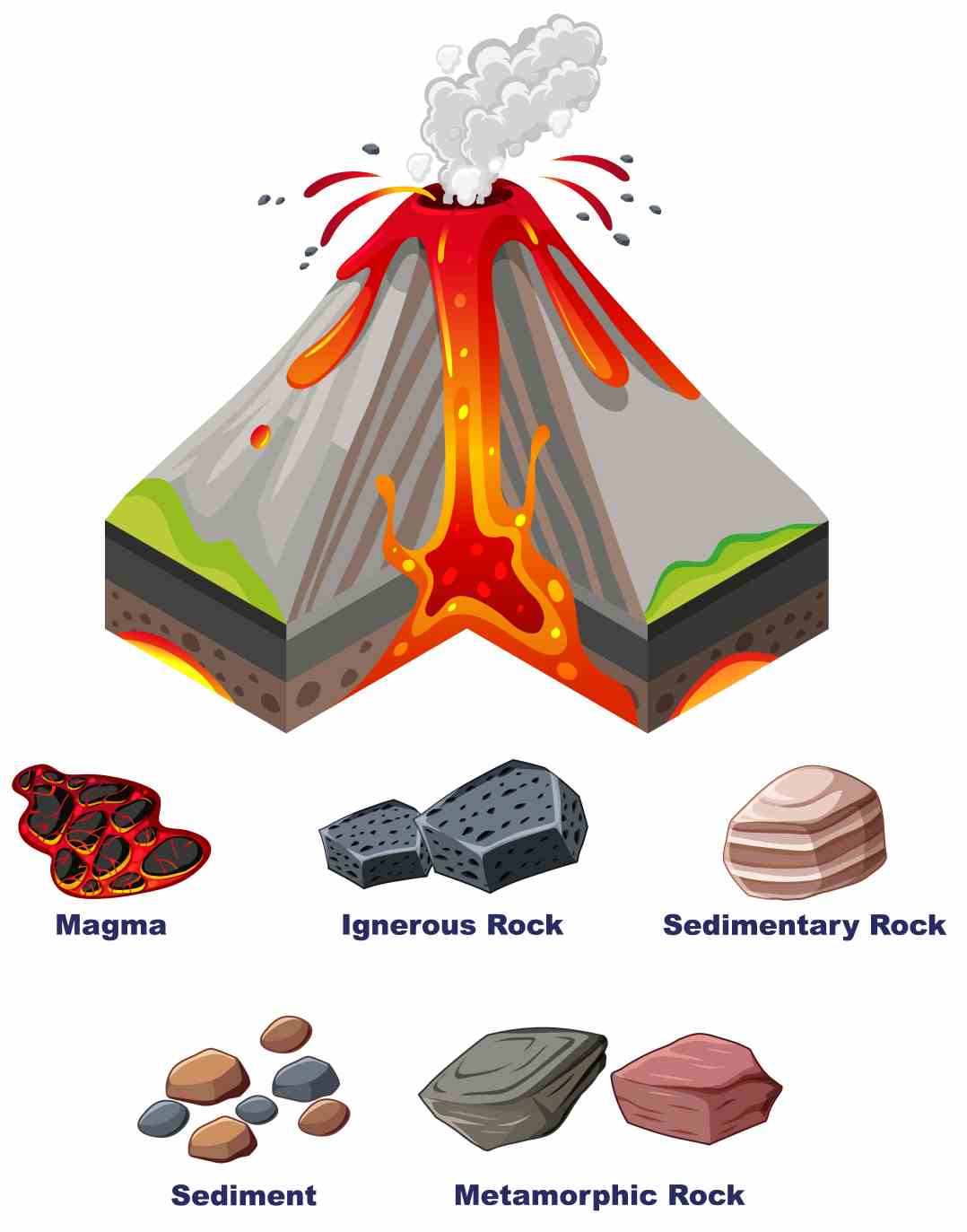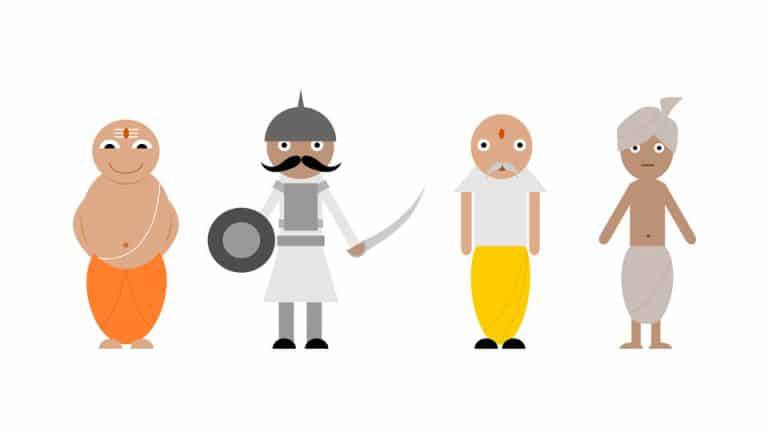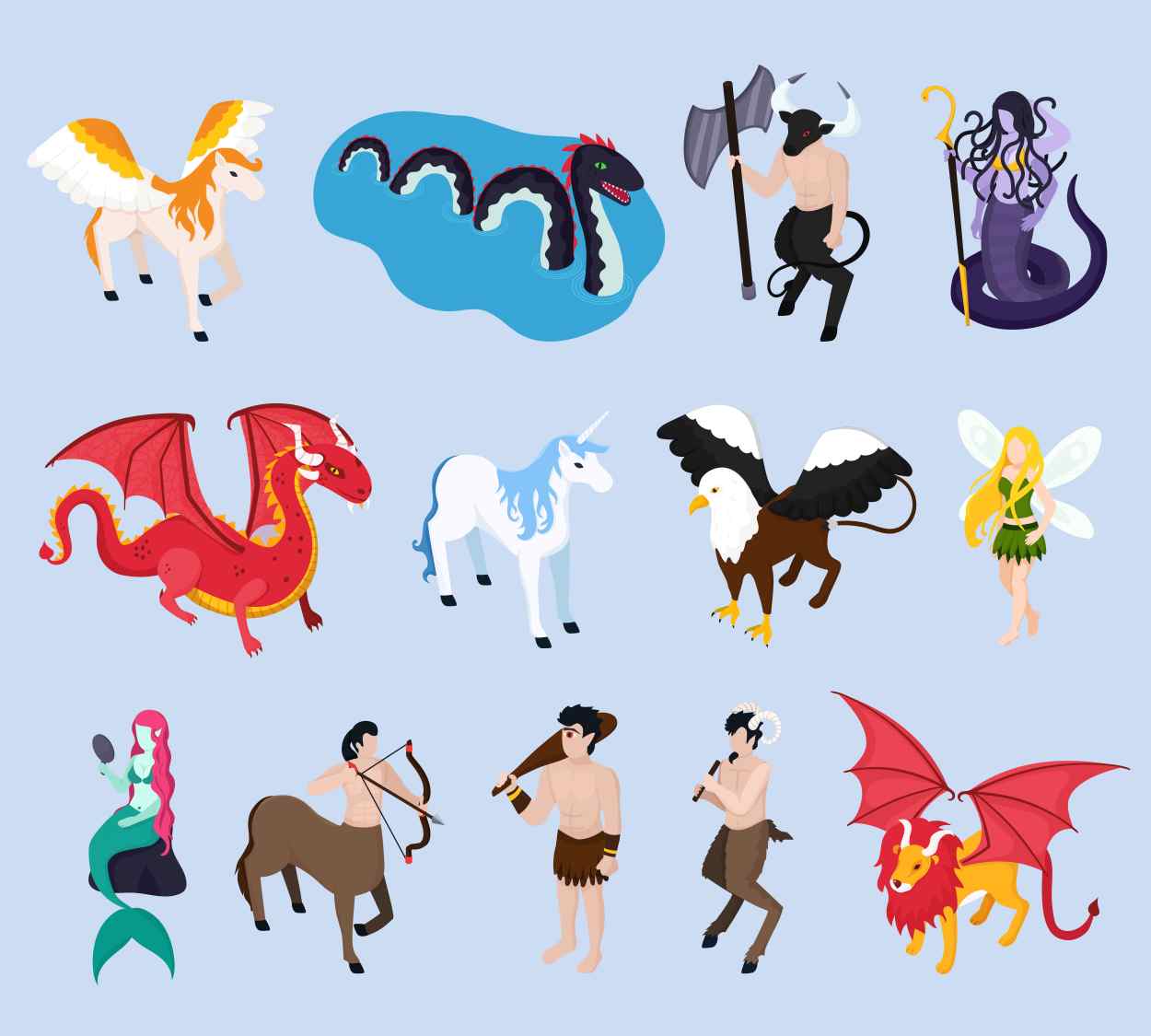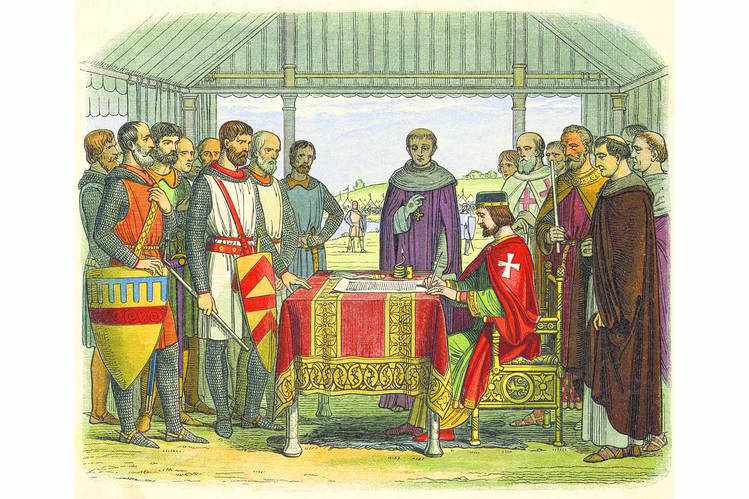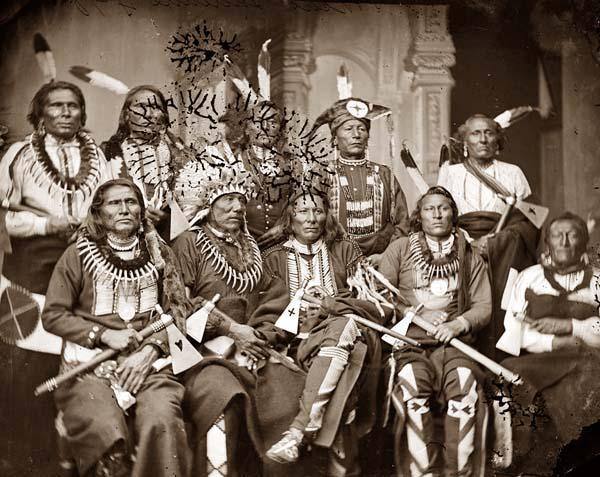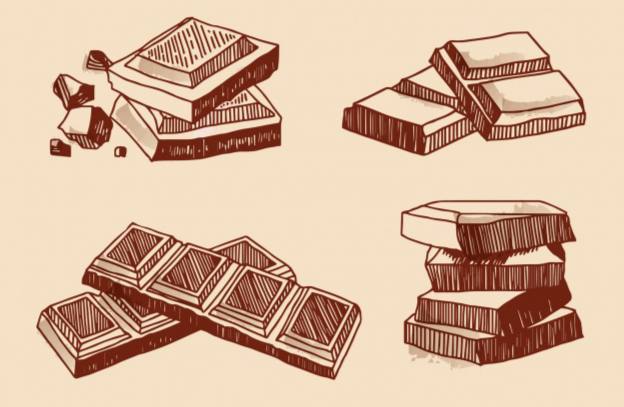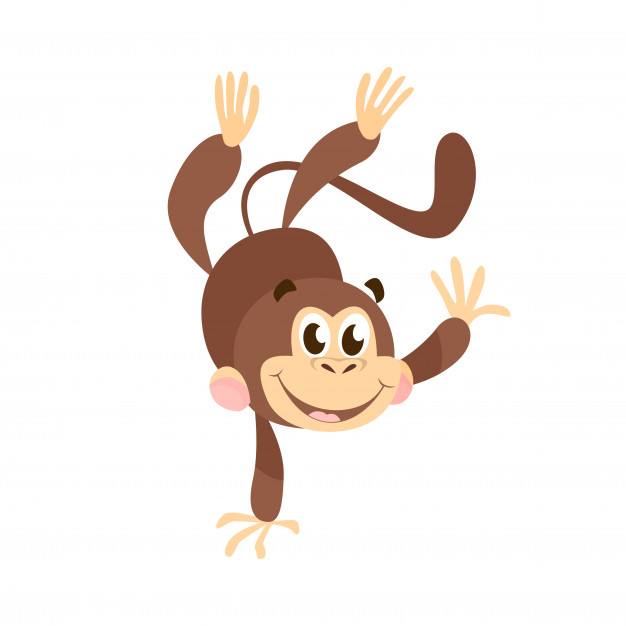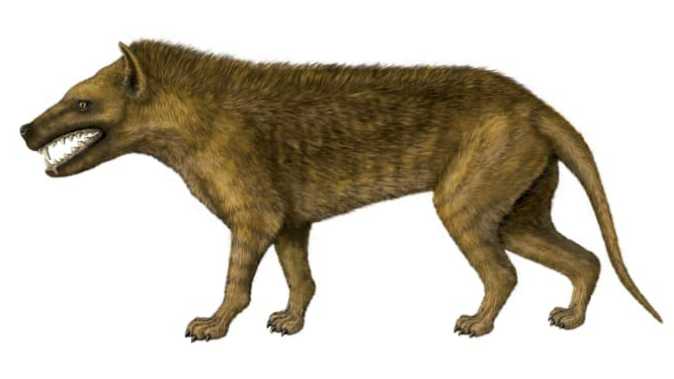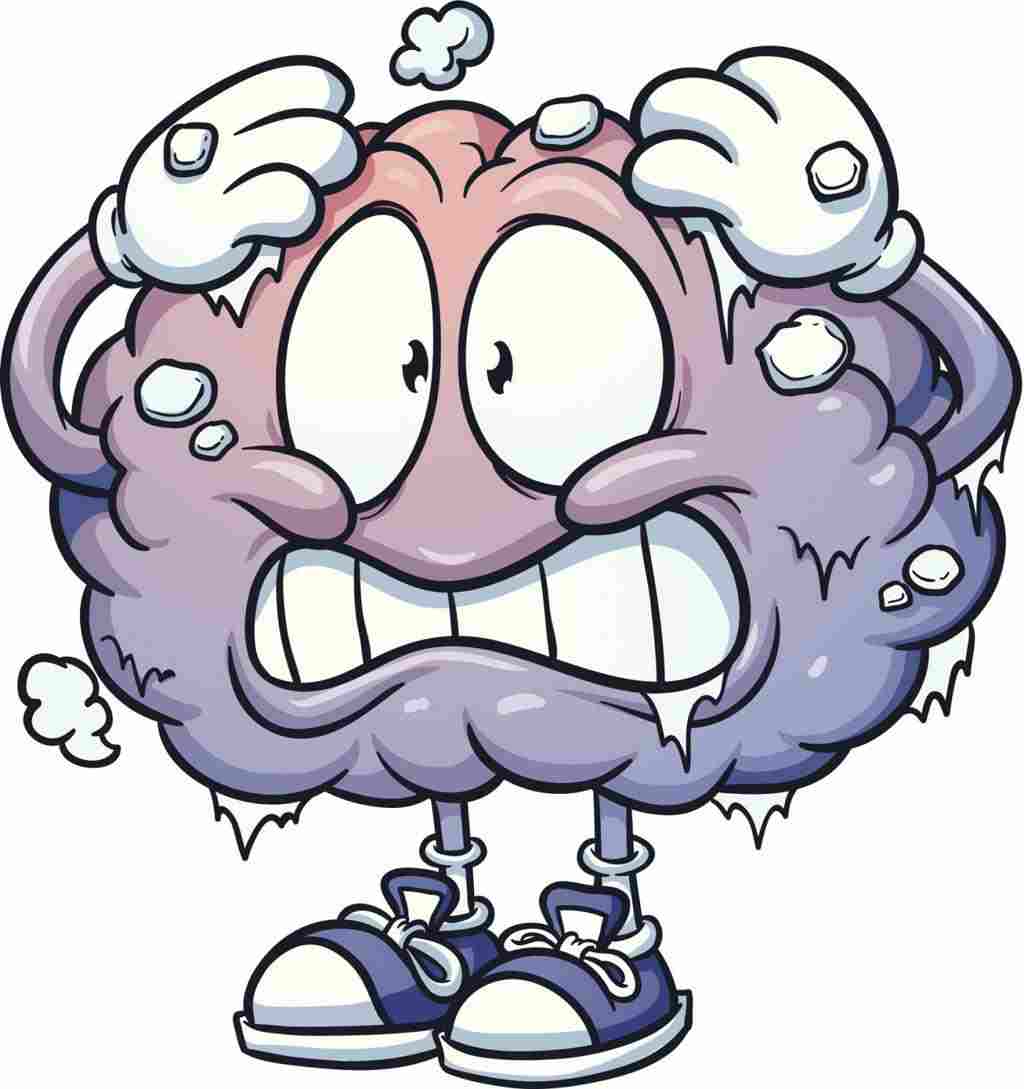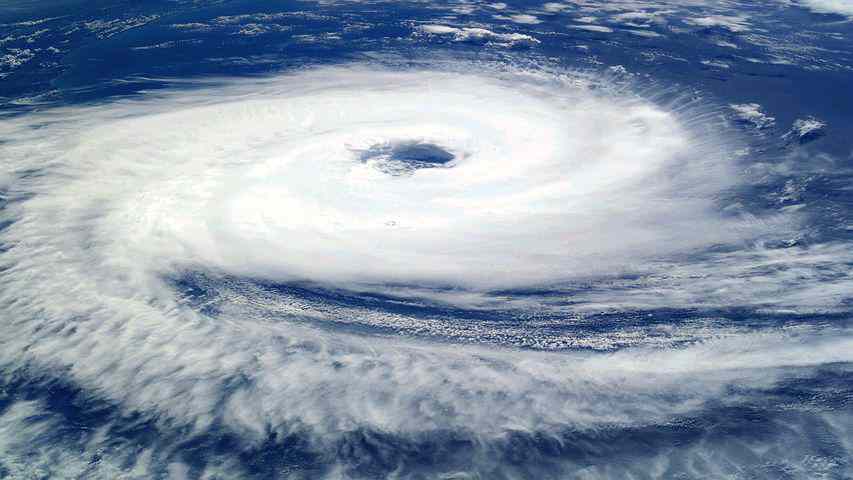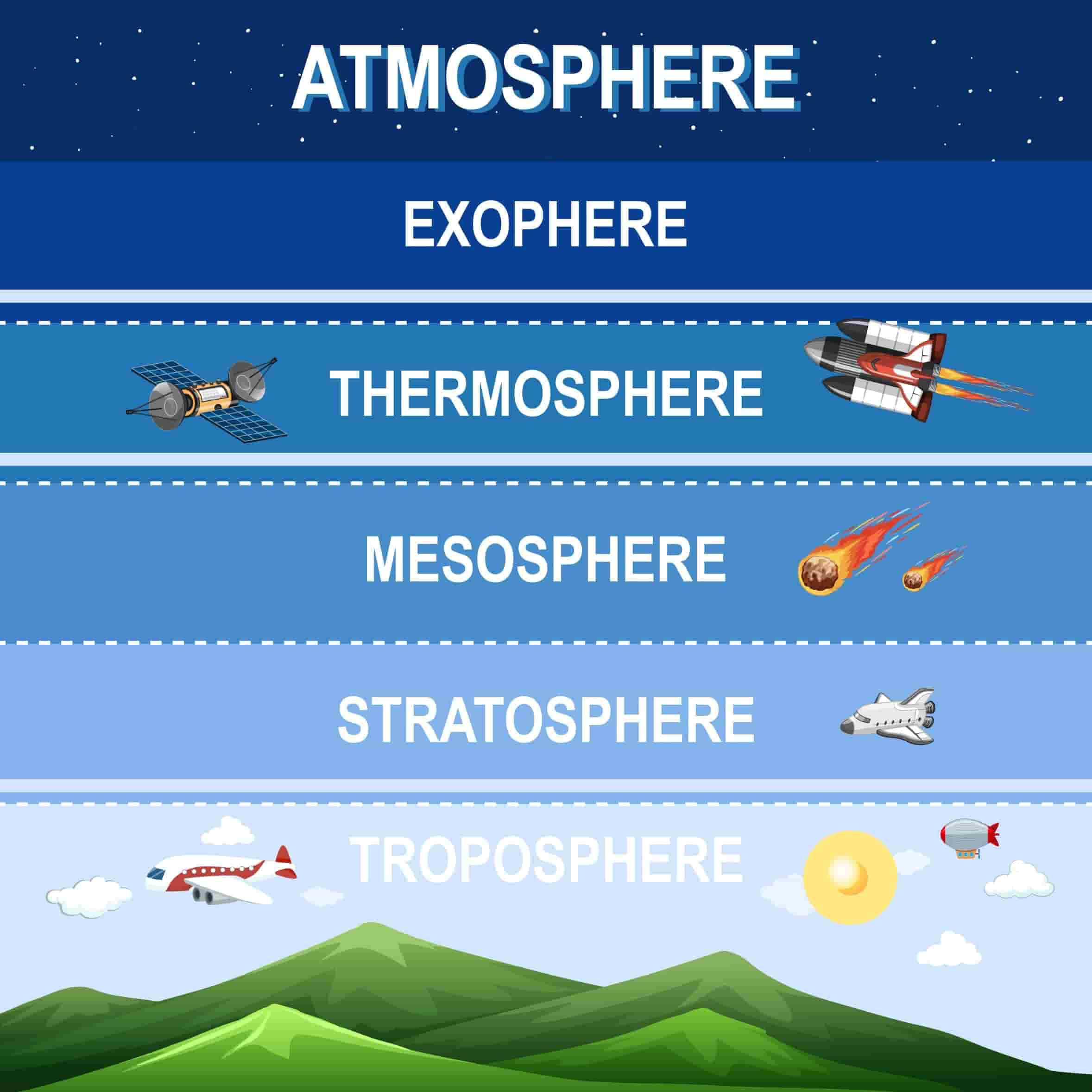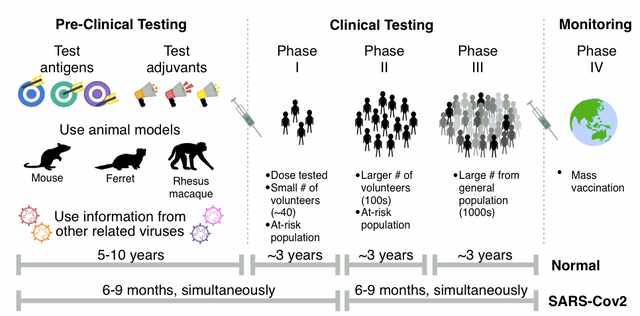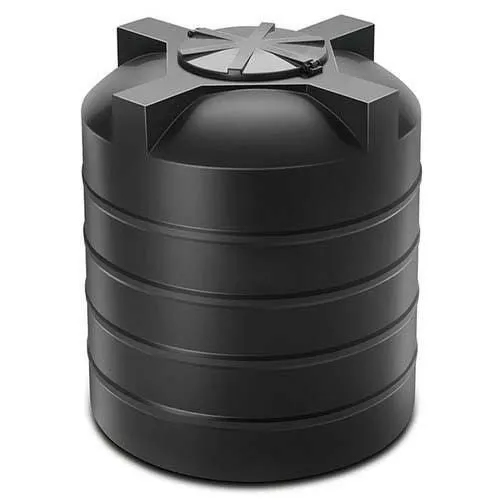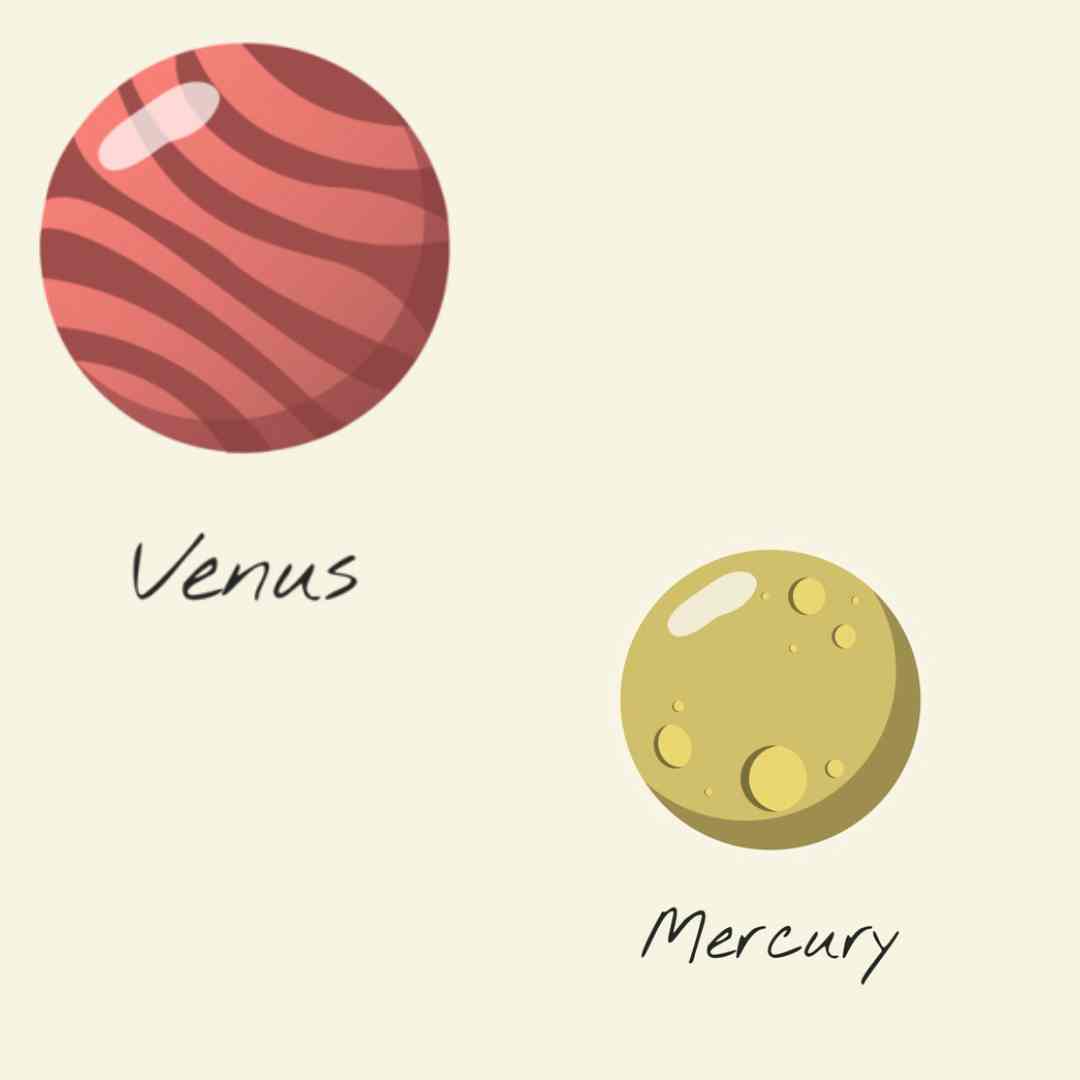In the last article, we read that Camouflaging as we know is merging the presence of a person, animal or object with its surroundings.
(Haven’t read the previous story? Go back now!
Let’s dig in a little about adaptations and see how the animals play with adaptations.
Adaptation in animals means physical attributes that help survival of animals in the harsh surroundings. Physical Adaptations are body structures that allow an animal to find and consume food, defend itself, and to reproduce its species.
ADAPTATIONS IN KOALA BEAR
A koala hugs a tree while her baby clings to her back at the Lone Pine Koala Sanctuary near Brisbane, Queensland, Australia. Koalas have adapted to only eat the leaves of eucalyptus trees. Eucalyptus are very low in protein and toxic to many animal species.
Being able to digest eucalyptus leaves is an adaptation that benefits the koala by providing it a food source for which there is little competition.
Tropical rainforests are teeming with life. There are numerous species of mammals, reptiles, and birds found in the tropical rainforest throughout the world.
Many animals of the rainforest are camouflaged which aids them in avoiding predators. An example of this is the South American three-toed sloth. This animal has fur covered with green algae which is perfect camouflage in the forest canopy. Other animals use camouflage to hide in wait for prey. One such predator is the Boa Constrictor.
One adaptation quite the opposite of camouflage is that of the brightly colored poison arrow frogs and poison dart frogs. The bright colors of these species serve as a warning to predators not to eat them.
These frogs are so poisonous that natives wipe their arrowheads on them to make them more lethal.
Some animals have adaptations that enable them to eat food that other animals can't. For example parrots have strong beaks that crack the shells of very hard nuts.
What are the adaptations in yak?
Yaks have special adaptations to help them excel at high elevations. The yak's tongue is extremely rough, making it well adapted for scraping mosses and lichens off of rocks and other tough surfaces.
Like other bovines, the yak has a rumen. This is a part of the stomach that partially digests food and then is used as cud.

